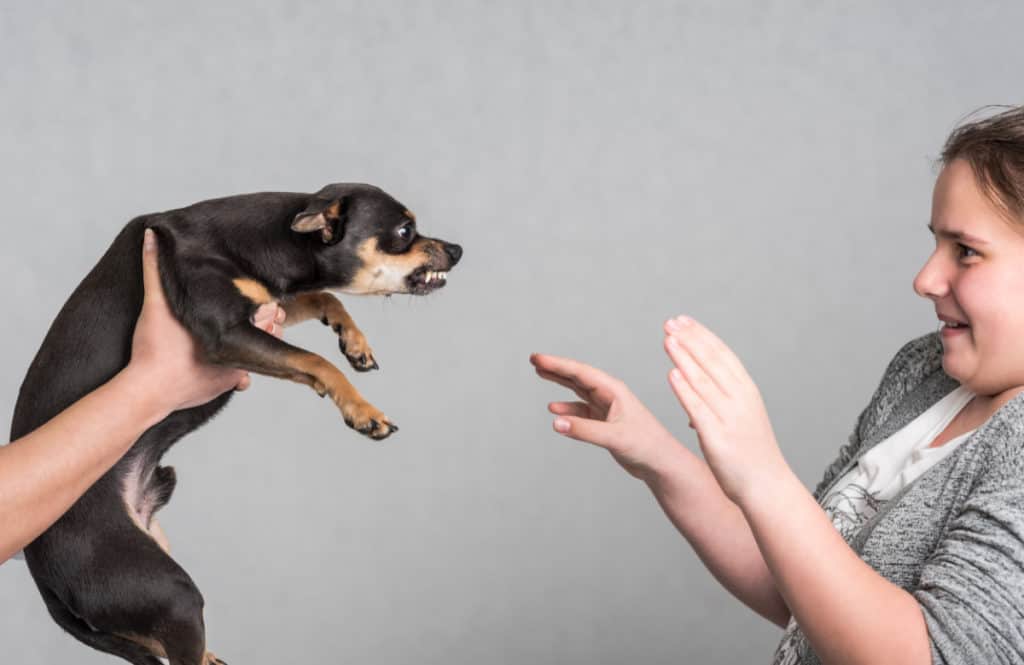How dog walkers can understand the body language of dogs.
How to start your dog walking business: Step Two
View our ten steps to quickly launching your pet business.
How dog walkers can understand the body language of dogs
Here’s a link to the body language information.
Full List
- Claim your free Google Business Places listing.
- Understanding the body language of dogs.
- Leashing a dog.
- Choosing the right dog leash.
- Household dangers to dogs.
- Outdoor dangers to dogs.
- Create a business card.
- Dog walking insurance.
- It’s time to walk some dogs.
- Relationship build with dog trainers.
- Relationship with your peers.
- Claim your free SparkyGo listing.
How to understand the body language of dogs.
It can be daunting for a new dog walker to leash and understand the body language of new dogs. The following page has images you can study to master the body language of dogs.
What might seem like excitement to a novice dog walker could be fear or anxiety. Body language is so important considering a dog walker will likely encounter other dogs on the street. What can start out as a friendly encounter can change in an instant. A good dog walker needs to read the signs of their or someone else’s dog, before a fight occurs. Dog bites can often be avoided if the dog walker is constantly reading the body language of each dog.
If an approaching dog shows any sign of fear or anxiety you can avoid it and keep things simple. It’s better to be safe when walking a dog. You can’t trust the instinct of other dog parents either. Many dog parents don’t understand the body language of dogs. They’ll say their dog is fine when many times they are not. This is why understanding the warning signs of bad body language is so important.
I recommend going to the link we mentioned above. You can create flash cards and start to memorize the good and bad signs in a dog’s body. It’s very empowering to understand these things. You can better avoid trouble and advise your customers of things you see in their dogs.
Of course as always let me remind you that you’re not a dog trainer. You’re not there to fix the dog’s problems. If you recognize issues in a dog it’s your job to reach out to the client and tell them. Recommend they involve a dog trainer if needed. If they wont involve a dog trainer then you reach out to a dog trainer yourself. It would be in your interest to even pay a dog trainer to work with you if the client wont pay for one.
- You’ll help better keep the dog out of trouble.
- It will increase your chances of keeping them as a customer.
- You’ll receive help from a professional.
- That dog trainer could turn into a referral partner with you.

